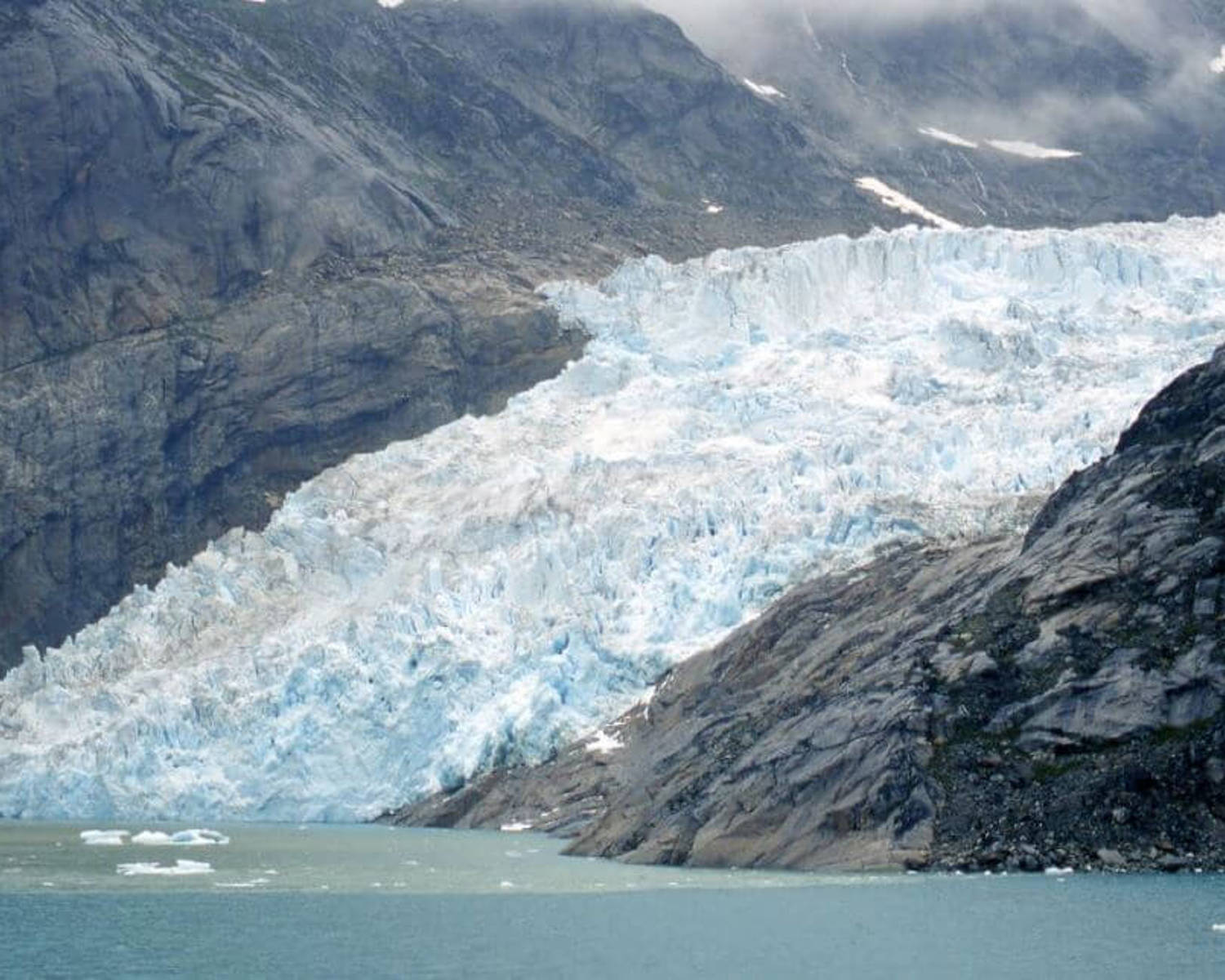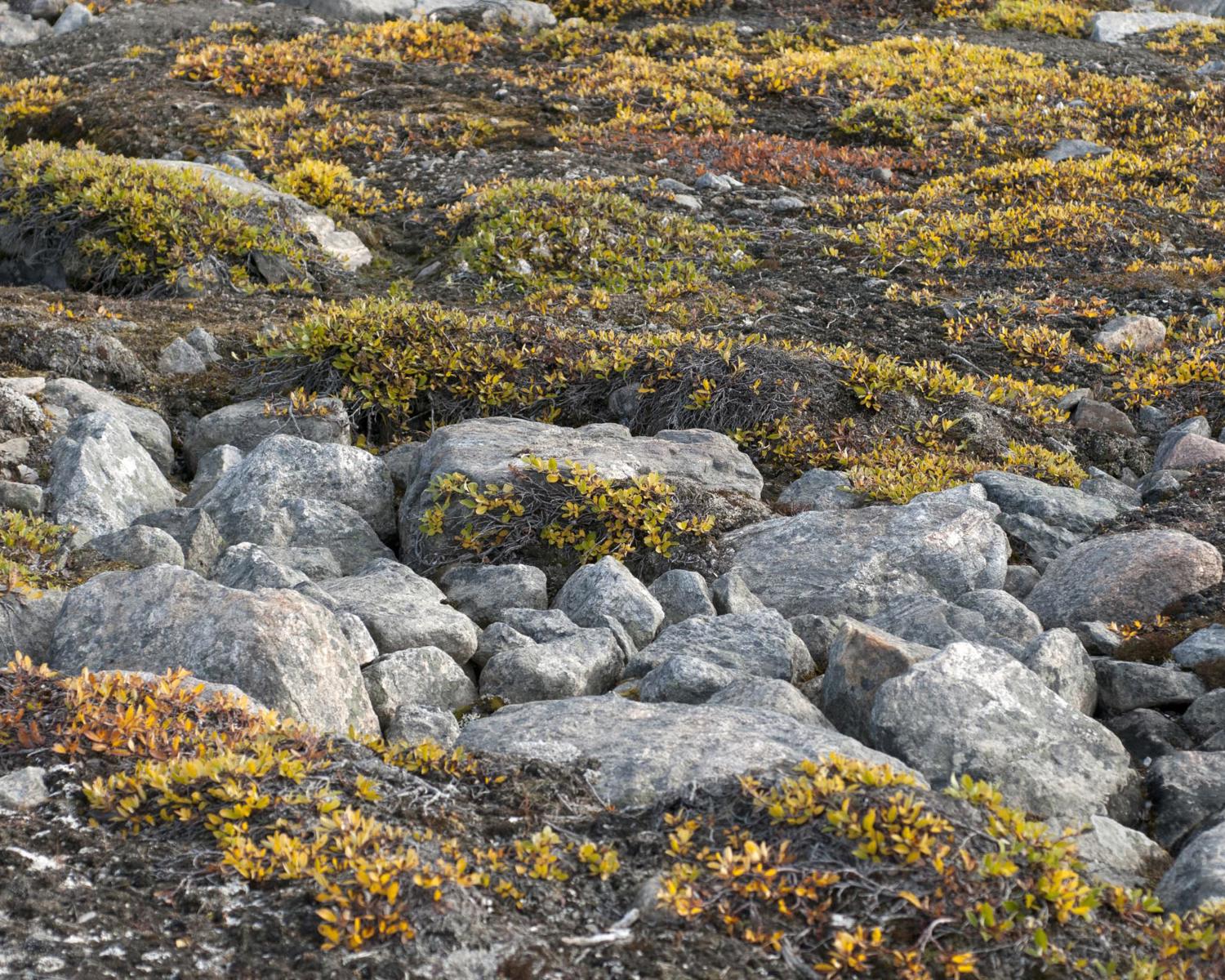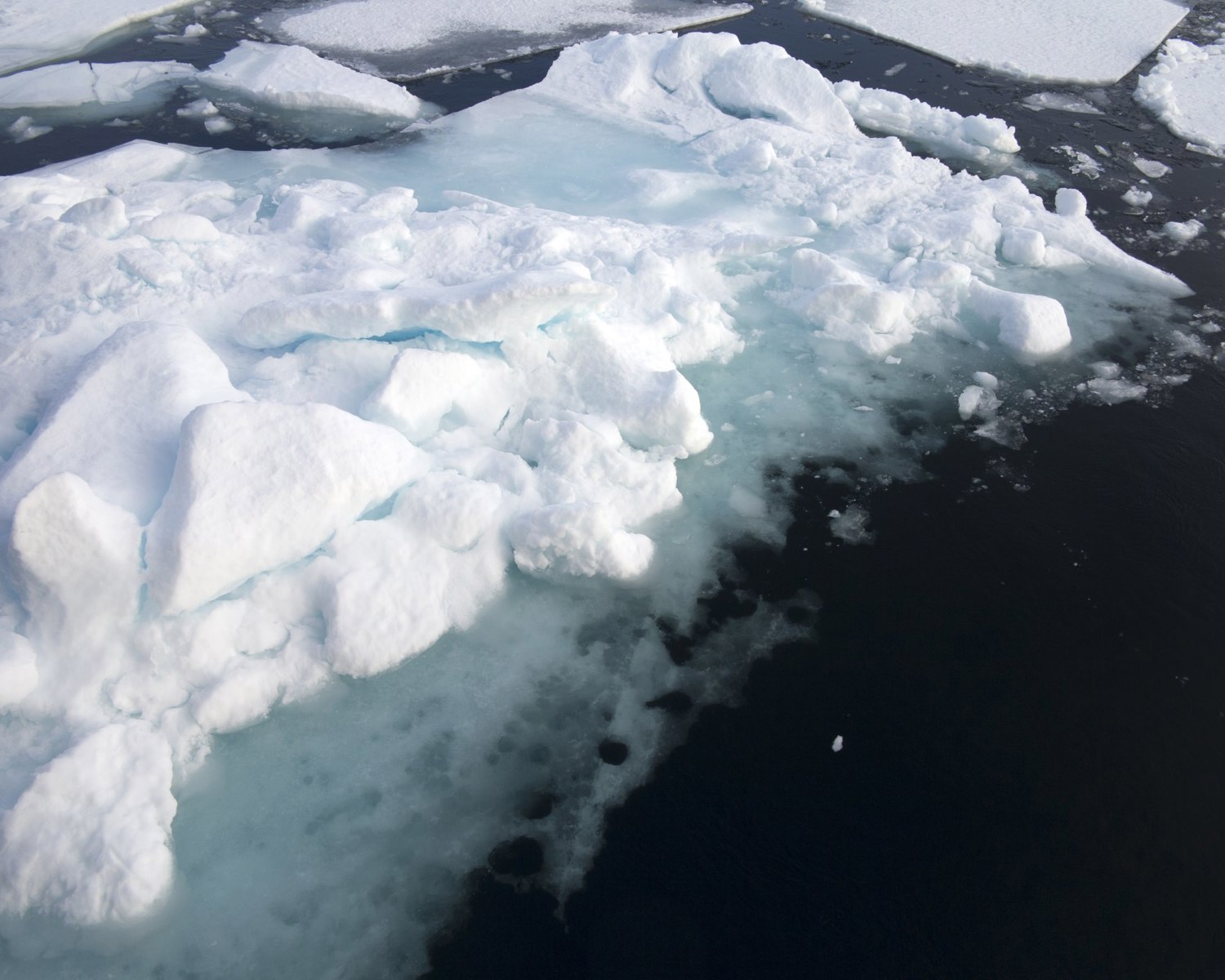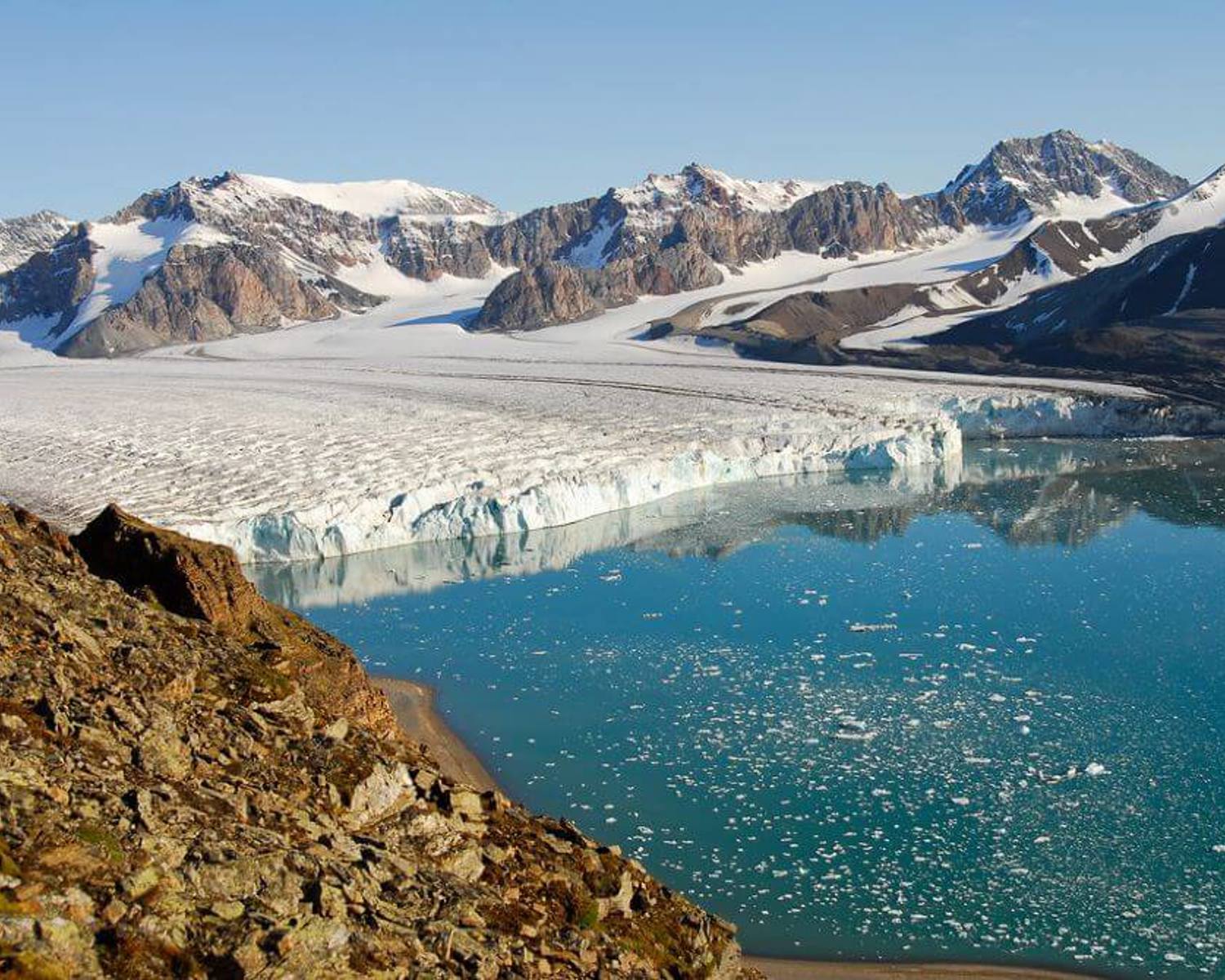Carbon capture and storage
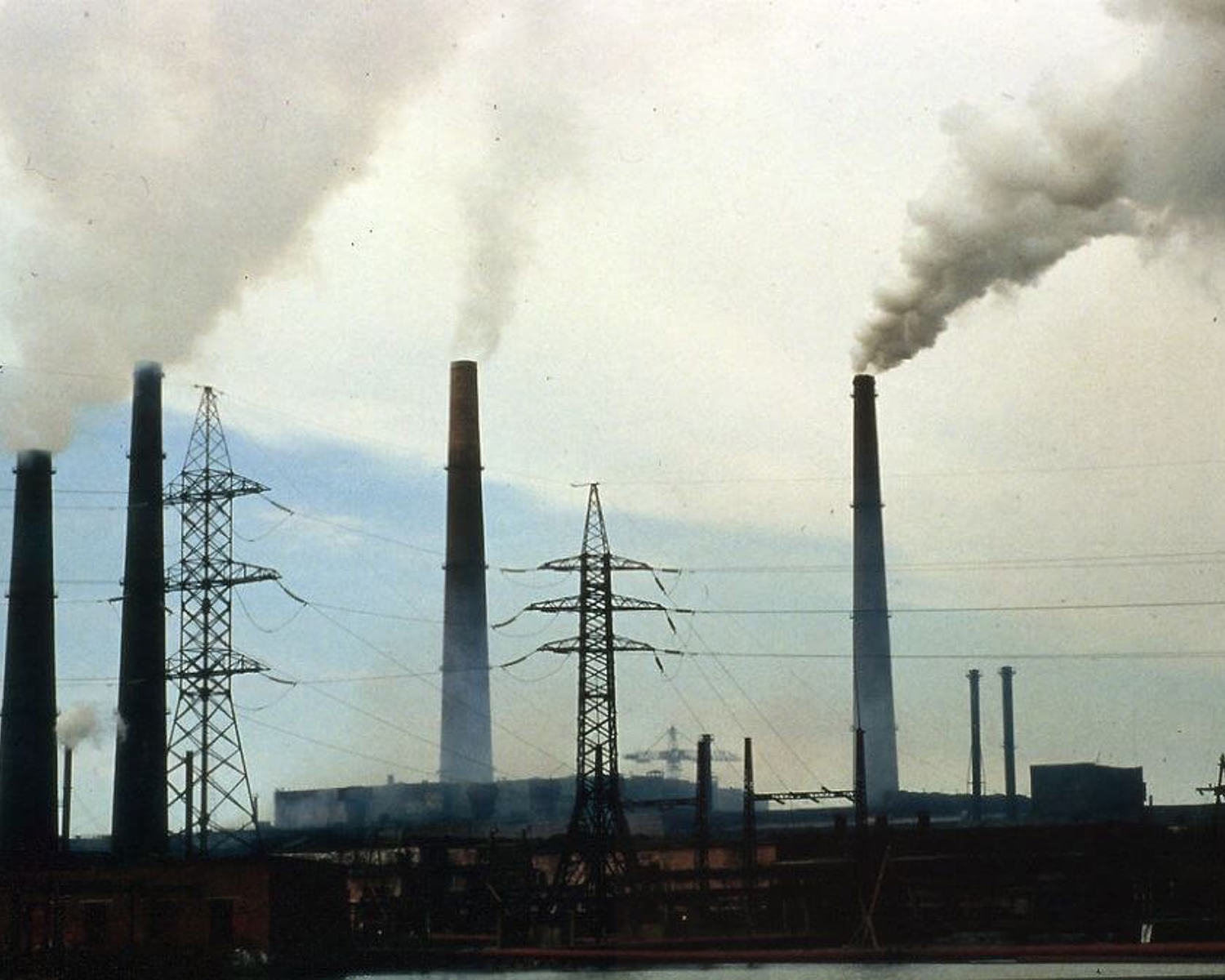
Both emission reductions and CDR measures that actively reduce carbon dioxide are essential to reduce the amount of GHGs in the atmosphere and mitigate the effects of climate change. However, some carbon emissions, especially in the industrial and energy sectors, will be difficult to fully decarbonise.
Carbon Capture and Storage (CCS) refers to a scope of technologies that seek to capture point source carbon emissions and remove them from the carbon cycle (Metz et al. 2005). The capture and storage of carbon from biomass and the atmosphere is considered elsewhere in this report (see BECCS and DACCS respectively), and the focus here will be on capturing emissions from industrial and power sections. These technologies do not fall under the category of CDR as they do not directly reduce current atmospheric carbon levels, but rather seek to mitigate current carbon emissions as much as possible. There are several different carbon capture methods that can be roughly grouped together into pre-combustion, post-combustion, oxyfuel combustion, and High-temperature solids-looping processes (Möllersten and Naqvi 2022).
There are several options to store the captured carbon. Some suggest ocean storage (See GESAMP 2019) at mid or deep levels (Marchetti 1977) or on the seabed (Goldthorpe, 2017), but most studies and project consider geological reservoirs like saline aquifers, storage under seabeds, or in depleted fossil fuel sites (Holloway 2007), and the injection of liquified CO2 into silicate rock formations (See also DACCS). Alternatively the captured carbon could also be utilized or turned into other materials. IPCC AR6 Wg3 report notes that such carbon capture and utilization (CCU) ‘has been envisioned as part of the ‘circular economy’ but conflicting expectations on CCU and its association or not with CCS leads to different and contested framings.’ The International Energy Agency (IEA) Energy Technology Perspectives 2023 report argues that such CCU could help CCS development and have some short term mitigating effects, however, Bui et al. (2018) clearly state that 'The magnitude of the role that CCU might play in climate change mitigation is likely to be very small, relative to that played by CCS.' The focus of this review will therefore also be on CCS. All elements of CCS are currently already in use in some form (Kearns et al. 2021), however many issues remain with its’ large scale implementation and potential effect. Möllersten and Naqvi (2022) furthermore write that most of the 26 commercial CCS projects were related to enhanced oil recovery, which uses captured CO2 to increase oil production and can therefore not be considered as a climate positive measure. Bui et al also (2018) note that reducing industrial emissions is difficult, and give the example for the cement sector: 'even if the energy required to operate the process was entirely zero carbon, this would only reduce the CO2 intensity by 40%.' IPCC AR6 W3, also remark that 'As a general rule it is not possible to capture all the CO2 emissions from an industrial plant. To achieve zero or negative emissions, CCS would need to be combined with some use of sustainably sourced biofuel or feedstock, or the remaining emissions would need to be offset by carbon dioxide removal (CDR) elsewhere.'
Nevertheless, CCS is essential to almost all IAMs that keep temperature rises below 2 degrees (Bui et al. 2018), and is also an essential part in CDR measures like DACCS and BECCS. The International Energy Agency (IEA) also clearly states in their Net Zero by 2050 report (2021) it considers CCS to belong to one of the three technological sectors in which lie the 'biggest innovation opportunities’.
Analysis overview

Technological Readiness Level (TRL)
Medium 2
Technological development of carbon capture capability is happening, but at a relatively low rate, although Kearns et al (2021) note that 'All elements of the carbon capture and storage value chain are mature and have been in commercial operation for decades.'
The IPCC AR6 WR3 however write of ‘Low readiness in several supply chain components’, and particularly highlights the need to develop an infrastructure and logistical networks (2022).
Bui et al (2018) observed 'great progress … in the area of CO2 storage' in the years leading up to their study, however, although there is theoretically more than enough capacity in the Earth’s basalt and underground storage areas (Metz et al, 2005; Sovacool et al 2022), questions remain especially about feasibility, performance and safety of storage. Apart from risks related to earthquakes (Kazemifar 2022), storage underground requires monitoring to see if there are no leaks (Godin et al 2021). Such projects could furthermore run into social acceptance issues of local populations (Cox et al 2020, Sovacool et al 2022). There are several large-scale storage projects, like the Danish project Greensand, which intends to store large amounts of CO2 under the North Sea (projectgreensand.com/).
Technological Readiness Level (TRL)
A technology with a TRL of 4-6: TRL 4 – validated in lab; TRL 5 – validated in relevant environment; TRL 6 – demonstrated in relevant environment

Scalability
Medium 2
Kearns et al (2021) describe significant economies of scale that could benefit larger projects, at concentrated sources, with better infrastructure, with costs that could be reduced even further as the technology matures. However, the IPCC AR6 WG3 write that ‘A key challenge with all CCS strategies, however, is building a gathering and transport network for CO2, especially from dispersed existing sites; hence most pilot projects are built near EOR/geological storage sites’. The scaling of CCS could therefore be physically limited.
Scalability
Physically somewhat scalable; linear efficiency

Timeliness for near-future effects
High 3
Timeliness for near-future effects
Implemented in time to make a significant difference

Northern + Arctic potential
Medium 2
Northern + Arctic potential
Statistically detectable impacts in the Arctic above the global average; no difference between deploying the solution here or elsewhere

Global potential
Medium 2
Global potential
Statistically detectable impacts

Cost - benefit
Cost-effective 3
Cost - benefit
Low investment cost compared to the avoided damage cost (e.g., a few %) and/or inexpensive relative to other measures with similar impact

Environmental risks
Low risk 3
There might be risks related to the storage component of CCS (Fawzy et al, 2020). GESAMP (2019) and Levin et al (2023) highlight significant risks to marine ecosystems of marine storage, and leakage from storage on land could potentially pose serious dangers to local communities and ecosystems (Ma et al. 2020). Boot-Handford et al. (2014) however argue that storage appears increasingly safe, and that natural examples show potential impact of leakages in geological storage is limited. IPCC AR6 W3 (2022) also warned that CCS would cause "considerable increases in some resources and chemicals, most notably water.’ They furthermore write that the utilization of CCS would add some further difficulties to the environmental evaluation of CCS, and would require careful analysis over the entire lifecycle.
Environmental risks
Very limited, site-specific effects restricted to the solution deployment location only

Community impacts
Beneficial 3
Community impacts
Significant benefits to communities

Ease of reversibility
Easy 3
Ease of reversibility
Easily reversible naturally

Risk of termination shock
Some risk 2
Risk of termination shock
Medium or relatively significant termination shock or damage

Legality/governance
Possible 3
Bui et al (2018) note that 'the private sector can likely deliver CCS without any change to existing regulation.' Yet, adequate policy implementation could substantially increase CCS development (Kearns et al, 2021), and might even be required for CCS to be widely deployed (IPCC AR6 W3).
Storage on national territories would be subject to national law, but some storage projects could directly, or indirectly through risk if faulty, also fall under the legislation of other states or international law. In case of the Arctic, Bankes (2012) notes there might be some hurdles for large scale CCS regulation.
Legality/governance
Currently legal to deploy, with governance structures in place to facilitate it and/or financial incentives to develop it

Scientific/media attention
High 3
CCS is part of almost all climate mitigation scenarios, and there is growing commercial-driven interest in CCS. There are already many CCS projects (see for a list of all European projects for example zeroemissionsplatform.eu/about-ccs-ccu/css-ccu-projects/).
On the public perception of CCS IPCC AR6 W3 (2022) notes: 'Many people are unfamiliar with carbon capture and storage (CCS), so have not formed firm opinions. Some firmly reject CCS; some are concerned that CCS may avoid making greenhouse gas (GHG) emission reductions.’
Scientific/media attention
Numerous scientific papers with substantial funding and ongoing research groups; significant media attention and "hype"; many companies exploring commercialization options
References
Bankes, N. (2012). The legal and regulatory issues associated with carbon capture and storage in Arctic states. Carbon & Climate Law Review, 21-32. https://doi.org/10.21552/CCLR/2012/1/206
Boot-Handford, M. E., Abanades, J. C., Anthony, E. J., Blunt, M. J., Brandani, S., Mac Dowell, N., ... & Fennell, P. S. (2014). Carbon capture and storage update. Energy & Environmental Science, 7(1), 130-189. https://doi.org/10.1039/C3EE42350F
Bui, M., Adjiman, C. S., Bardow, A., Anthony, E. J., Boston, A., Brown, S., ... & Mac Dowell, N. (2018). Carbon capture and storage (CCS): the way forward. Energy & Environmental Science, 11(5), 1062-1176. https://doi.org/10.1039/C7EE02342A
Chen, S., Liu, J., Zhang, Q., Teng, F., & McLellan, B. C. (2022). A critical review on deployment planning and risk analysis of carbon capture, utilization, and storage (CCUS) toward carbon neutrality. Renewable and Sustainable Energy Reviews, 167, 112537. https://doi.org/10.1016/j.rser.2022.112537
Cox, E., Spence, E., & Pidgeon, N. (2020). Public perceptions of carbon dioxide removal in the United States and the United Kingdom. Nature Climate Change, 10(8), 744-749. https://doi.org/10.1038/s41558-020-0823-z
Dvoynikov, M., Buslaev, G., Kunshin, A., Sidorov, D., Kraslawski, A., & Budovskaya, M. (2021). New concepts of hydrogen production and storage in Arctic region. Resources, 10(1), 3. https://doi.org/10.3390/resources10010003
Fawzy, S., Osman, A. I., Doran, J., & Rooney, D. W. (2020). Strategies for mitigation of climate change: a review. Environmental Chemistry Letters, 18, 2069-2094. https://doi.org/10.1007/s10311-020-01059-w
GESAMP (2019). “High level review of a wide range of proposed marine geoengineering techniques”. (Boyd, P.W. and Vivian, C.M.G., eds.). (IMO/FAO/UNESCO-IOC/UNIDO/WMO/IAEA/UN/UN Environment/ UNDP/ISA Joint Group of Experts on the Scientific Aspects of Marine Environmental Protection). Rep. Stud. GESAMP No. 98, 144 p. Available at: http://www.gesamp.org/publications/high-level-review-of-a-wide-range-of-proposed-marine-geoengineering-techniques [Accessed 22 July 2024]
Godin, J., Liu, W., Ren, S., & Xu, C. C. (2021). Advances in recovery and utilization of carbon dioxide: A brief review. Journal of Environmental Chemical Engineering, 9(4), 105644. https://doi.org/10.1016/j.jece.2021.105644
Goldthorpe, S. (2017). Potential for very deep ocean storage of CO2 without ocean acidification: a discussion paper. Energy Procedia, 114, 5417-5429. https://doi.org/10.1016/j.egypro.2017.03.1686
Grant, N., Gambhir, A., Mittal, S., Greig, C., & Köberle, A. C. (2022). Enhancing the realism of decarbonisation scenarios with practicable regional constraints on CO2 storage capacity. International Journal of Greenhouse Gas Control, 120, 103766. https://doi.org/10.1016/j.ijggc.2022.103766
Haszeldine, R. S. (2009). Carbon capture and storage: how green can black be?. Science, 325(5948), 1647-1652. https://doi.org/10.1126/science.1172246
Holloway, S. (2007). Carbon dioxide capture and geological storage. Philosophical Transactions of the Royal Society A: Mathematical, Physical and Engineering Sciences, 365(1853), 1095-1107. https://doi.org/10.1098/rsta.2006.1953
IEA (2021), Net Zero by 2050: A Roadmap for the Global Energy Sector. International Energy Agency. Paris. Available at: https://iea.blob.core.windows.net/assets/deebef5d-0c34-4539-9d0c-10b13d840027/NetZeroby2050-ARoadmapfortheGlobalEnergySector_CORR.pdf [Accessed 22 July 2024]
Intergovernmental Panel on Climate Change (IPCC). Climate Change 2022. Mitigation of Climate Change. Working Group III Contribution to the Sixth Assessment Report of the Intergovernmental Panel on Climate Change; Intergovernmental Panel on Climate Change (IPCC): Geneva, Switzerland, 2022. Available at: https://www.ipcc.ch/report/sixth-assessment-report-working-group-3/ [Accessed 22 July 2024]
Kazemifar, F. (2022). A review of technologies for carbon capture, sequestration, and utilization: Cost, capacity, and technology readiness. Greenhouse Gases: Science and Technology, 12(1), 200-230. https://doi.org/10.1002/ghg.2131
Kearns, D., Liu, H., & Consoli, C. (2021). Technology readiness and costs of CCS. Global CCS institute. Available at: https://www.globalccsinstitute.com/wp-content/uploads/2021/03/Technology-Readiness-and-Costs-for-CCS-2021-1.pdf [Accessed 22 July 2024]
Lefvert, A., Rodriguez, E., Fridahl, M., Grönkvist, S., Haikola, S., & Hansson, A. (2022). What are the potential paths for carbon capture and storage in Sweden? A multi-level assessment of historical and current developments. Energy Research & Social Science, 87, 102452. https://doi.org/10.1016/j.erss.2021.102452
Levin, L. A., Alfaro-Lucas, J. M., Colaço, A., Cordes, E. E., Craik, N., Danovaro, R., ... & Yasuhara, M. (2023). Deep-sea impacts of climate interventions. Science, 379(6636), 978-981. https://doi.org/10.1126/science.ade7521
Marchetti, C. (1977). On geoengineering and the CO2 problem. Climatic change, 1(1), 59-68. https://doi.org/10.1007/BF00162777
Metz, B. (Ed.). (2005). Carbon dioxide capture and storage: special report of the intergovernmental panel on climate change. Cambridge University Press, UK. 431 pp. Available at: https://www.ipcc.ch/report/carbon-dioxide-capture-and-storage/ [Accessed 22 July 2024]
Möllersten, K., & Naqvi, R. (2022). Technology Readiness Assessment, Costs, and Limitations of five shortlisted NETs. Available at: https://www.researchgate.net/publication/359427009_Technology_Readiness_Assessment_Costs_and_Limitations_of_five_shortlisted_NETs_Accelerated_mineralisation_Biochar_as_soil_additive_BECCS_DACCS_Wetland_restoration [Accessed 22 July 2024]
Sovacool, B. K., Baum, C. M., Low, S., Roberts, C., & Steinhauser, J. (2022). Climate policy for a net-zero future: ten recommendations for Direct Air Capture. Environmental Research Letters, 17(7), 074014. https://doi.org/10.1088/1748-9326/ac77a4
Vinca, A., Emmerling, J., & Tavoni, M. (2018). Bearing the cost of stored carbon leakage. Frontiers in Energy Research, 6, 40. https://doi.org/10.3389/fenrg.2018.00040


